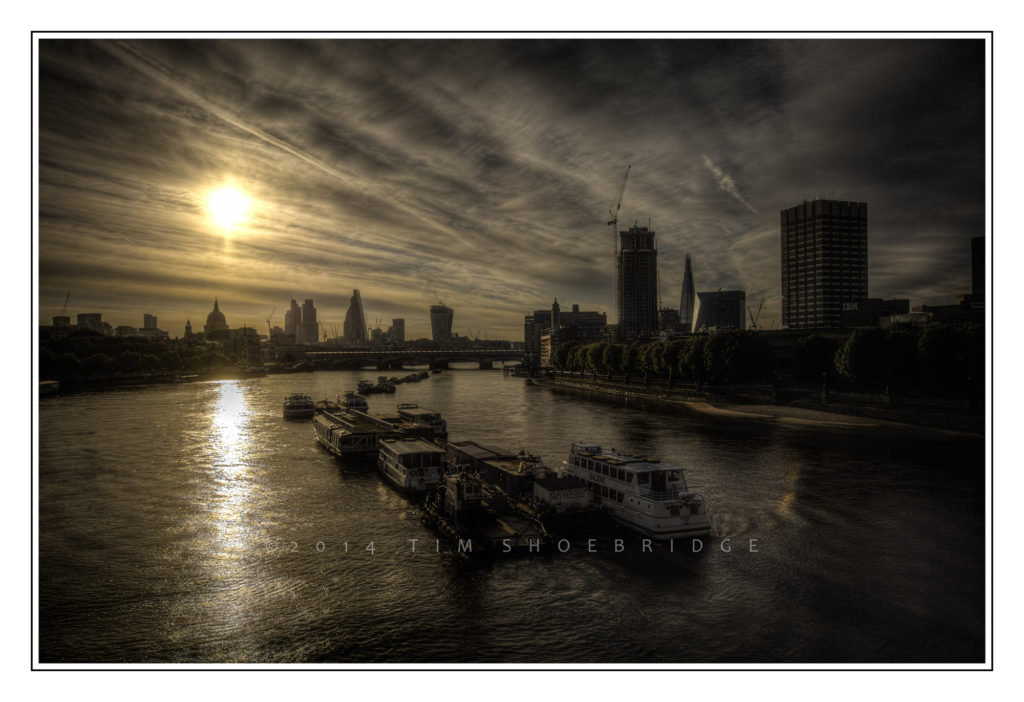Time to dust off the amazing Sigma SD1
Out of the plethora of cameras that I currently own, and of the cameras I end up buying, keep for a while and then sell, it has been a very very long time since any of those cameras was a DSLR. There are two exceptions: my Mamiya ZD and my Sigma SD1, both cameras are special to me.
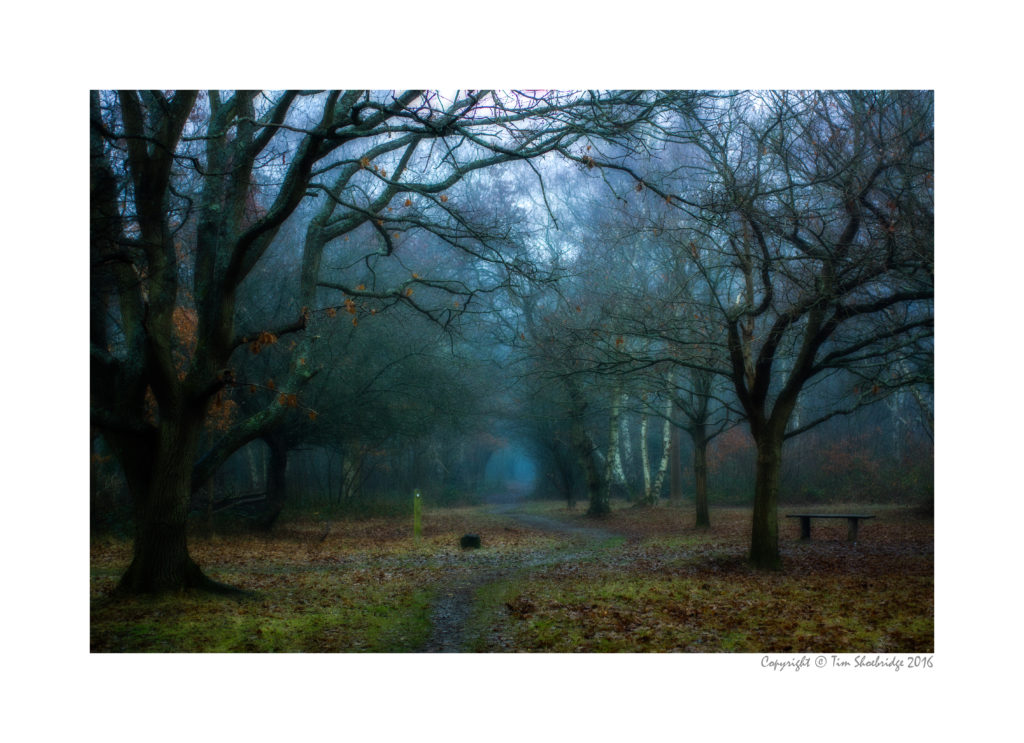
I caught the mirrorless bug with the release of the original Sony A7 and A7R back in 2013. I bought them both at launch and then went on to buy the A7S for video shooting in 2014. These three cameras were revolutionary, we have a lot to thank Sony for. From those days I have never looked back, the benefits of mirrorless were always very clear to me from the start and the icing on the cake was the introduction of IBIS. The first cameras I owned with IBIS were by Olympus and Panasonic.
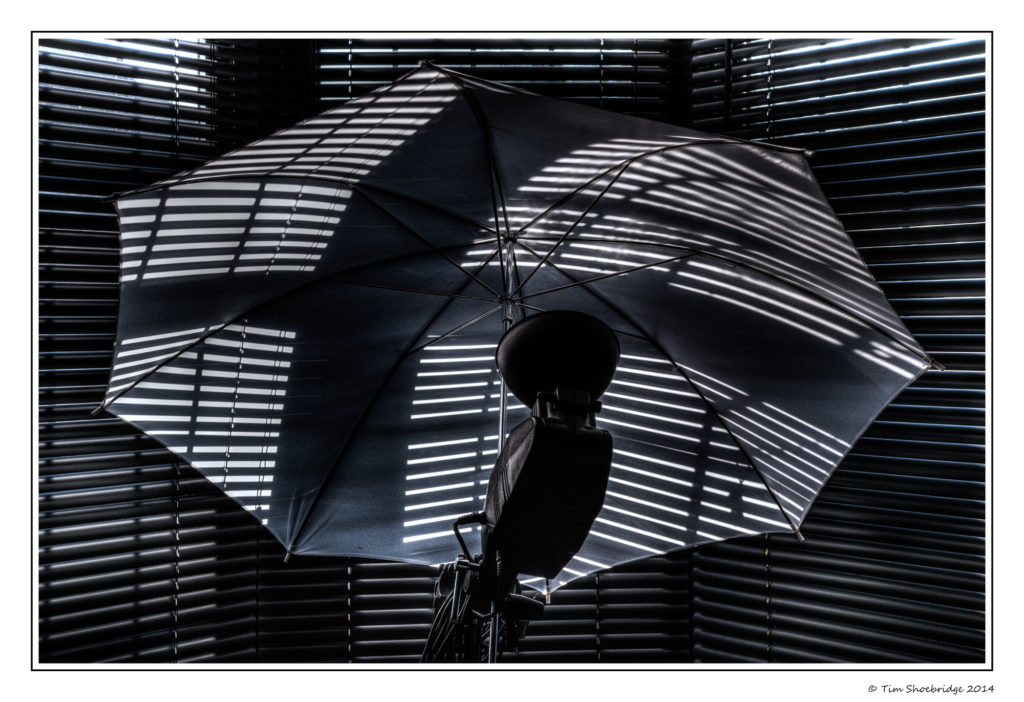
So what of the Sigma SD1, why is it special? The technology inside was revolutionary, the sensor is known as a Foveon sensor, it is very different to any Bayer sensor in that it has three layers of photosites, each layer responsible for capturing a different colour: green, red and blue. Bayer sensors on the other hand have just one layer and each photosite in that layer can only record one colour: 50% of the photosites record green, 25% red and 25% blue. So there are three times as many photosites in a Foveon sensor compared to a Bayer sensor of the same resolution. This leads to a beautiful depth of colour, like the difference between 4:4:4 video and 4:2:0. And there is a fine detail to images from Foveon sensors, similar to a monochromatic sensor, which out-guns the bayer sensor equivalent.
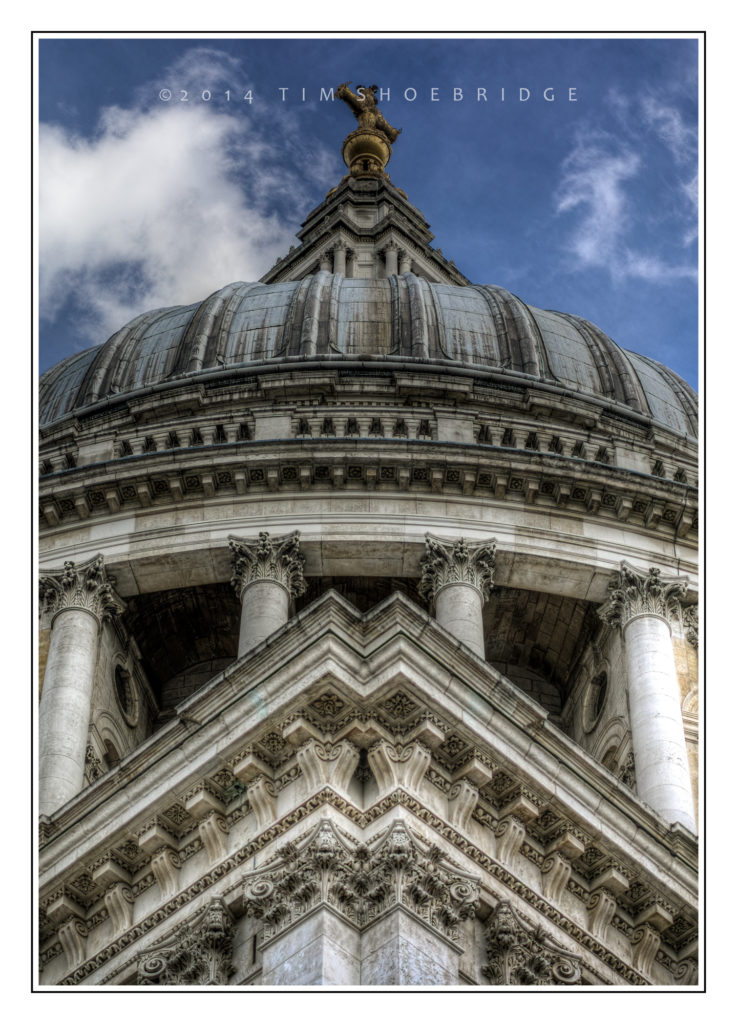
But there are downsides. Foveon sensors have very slow read-out, they have poor sensitivity and only produce usable results at low ISO’s. Only software provided by Sigma can read a Foveon raw file so your editing workflow is slow and cumbersome. All these downsides slow you down, make you consider what to shoot before pressing the shutter, and make you consider using a tripod far more than normal. Shooting with the SD1 reminds me very much of shooting my medium format film cameras and early medium format digital cameras 10 or more years ago.
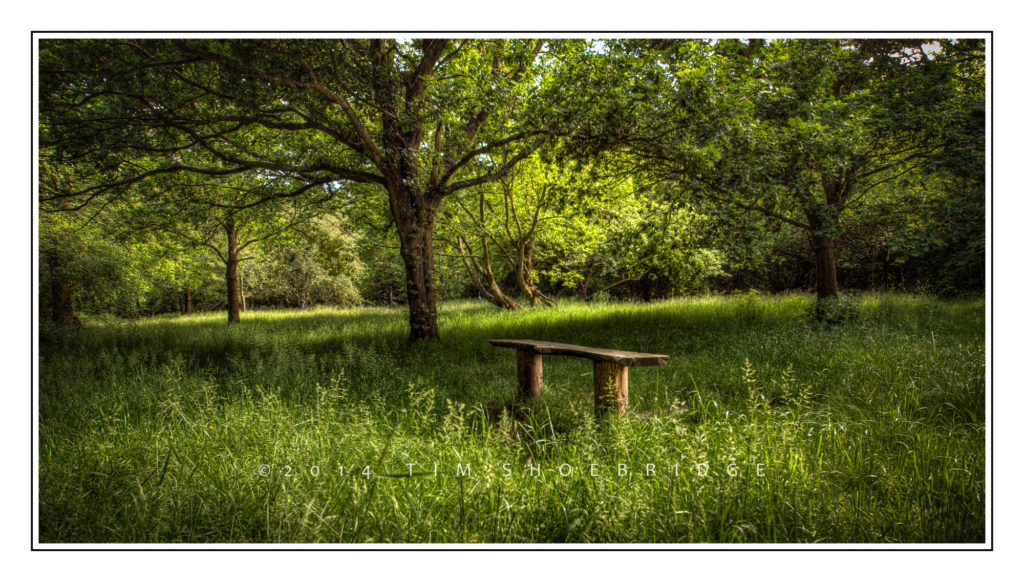
The SD1 for many people including myself was the peak for the Foveon sensor, there were lower resolution Foveon cameras before it and there have been newer Foveon cameras released since it but those newer cameras have a compromised sensor design in my opinion.

Just this last week I decided to dust off the Peli case containing all my Sigma SD1 gear and lenses and I will be posting photos shot with this wonderful camera in the coming days and weeks. I’m looking forward to slowing down the pace!
